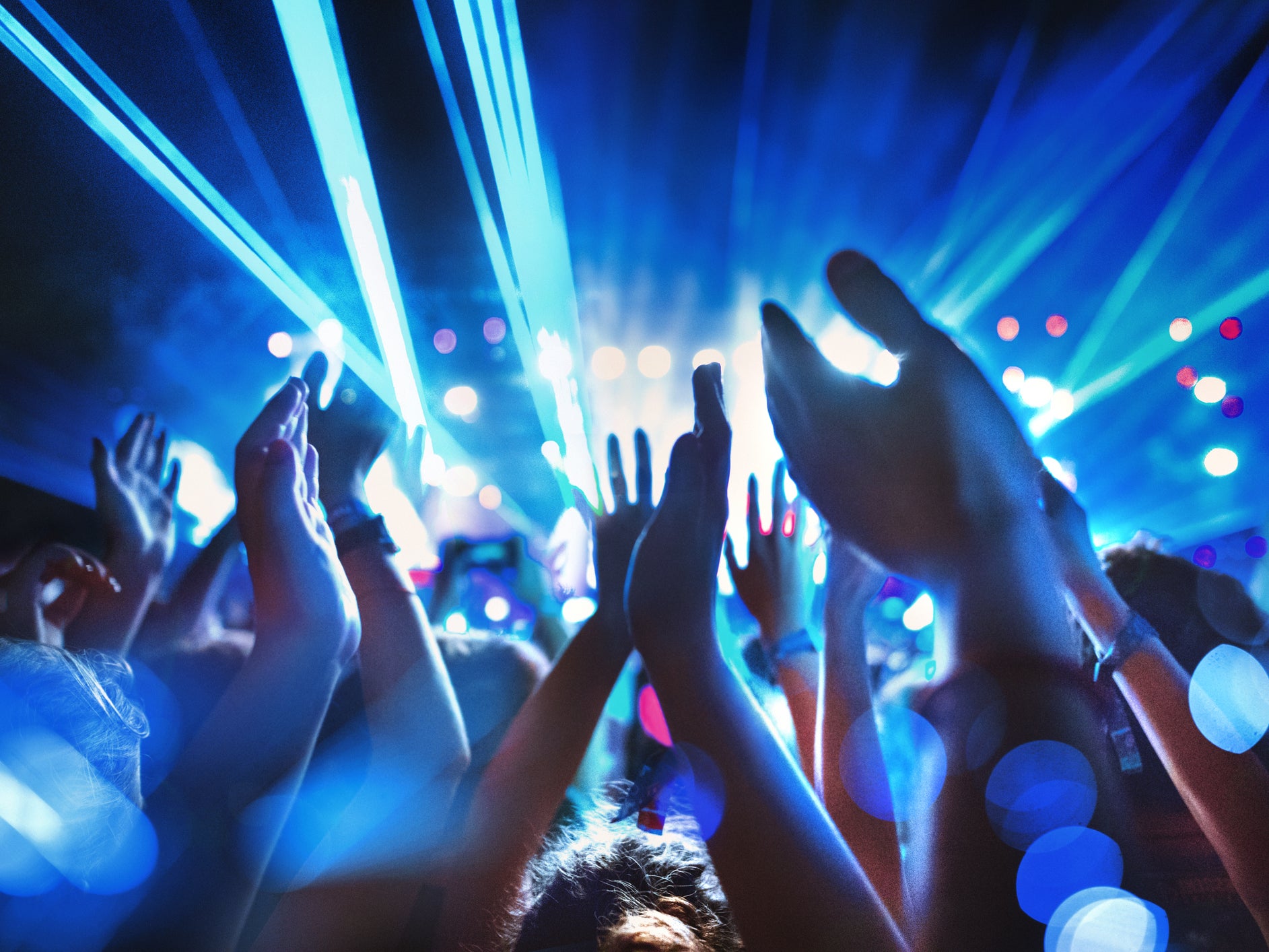Strobe lighting at dance festivals ‘triples risk of epileptic seizures’
Researchers say preventative measures needed for susceptible individuals

The use of strobe lighting at electronic dance festivals may more than triple the risk of epileptic seizures for susceptible individuals, researchers have warned.
It’s long-been known that exposure to flashing lights can trigger seizures among a minority of individuals with epilepsy, a condition known as photosensitive epilepsy.
However, the risks associated between those who attend electronic dance music festivals where strobe lighting is used and those more likely to experience epileptic seizures are not widely known.
According to a new study published in the journal BMJ Open, the increased risk of seizures caused by strobe lighting at dance music festivals may affect people who are unaware that they have epilepsy.
Experts from medical centres in the Netherlands conducted a study assessing 400,343 people who attended 28 daytime and night-time electronic dance music festivals across the country throughout 2015.
The data was originally collated by Event Medical Services, a company which provides medical services to almost all dance music festivals in the Netherlands.
Of those assessed, 241,543 people attended night-time festivals where strobe lighting was used, and 158,800 attended daytime festivals where strobe lighting was used.
The strobe lighting at the daytime festivals was reported as being less intense, due to the sunlight.
Overall, there were 2,776 incidents where festivalgoers required medical assistance at the 28 festivals, 39 of which were due to epileptic seizures.
There were 30 reported cases of epileptic fits during the night-time festivals, and nine during the daytime festivals.
While the researchers say that their study is observational, they write that they believe their finding that risk of a seizure is more than three times more likely at a night-time festival where strobe lighting is more intense is “externally valid”.
They add that other factors – such as if the festivalgoers had taken ecstasy, were sleep deprived or using other forms of medication – may have also increased their likelihood of suffering epileptic seizures.
“Regardless of whether stroboscopic light effects are solely responsible or whether sleep deprivation and/or substance abuse also play a role, the appropriate interpretation is that large [electronic dance music] festivals, especially during night-time, probably cause at least a number of people per event to suffer epileptic seizures,” the researchers state.
“Given the large dataset, we believe our findings are externally valid, at least for other [electronic dance music] festivals in other countries which generally attract a similar audience.”
The researchers add that organisers of electronic dance music festivals do not provide adequate warnings about the associated risk between strobe lighting and epileptic seizures.
“Concert organisers and audience should warn against the risk of seizures and promote precautionary measures in susceptible individuals,” they conclude.
The researchers of the study were prompted to carry out their investigation following an incident when a 20-year-old man with no history of epilepsy suddenly collapsed and experience a fit at an electronic dance festival.
The festivalgoer was reported as having had an “’aura-like’ experience”, and denied consuming any alcohol, drugs or medication.
“When asked about pre-seizure symptoms, he remembered an urge to turn his eyes away from the strong stroboscopic light effects coming from the stage in front of him, because they elicited what he referred to as discomforting sensations,” the researchers write.

Epilepsy is one of the most common neurological disorders in the world, affecting approximately 50 million people worldwide.
Those living with the life-long condition may be prone to experiencing frequent, unpredictable seizures, which occur when sudden bursts of electrical activity happen in the brain.
Epilepsy affects one in 100 people in the UK, Epilepsy Action states.
According to the Epilepsy Society, one in 20 people are likely to experience a one-off epileptic seizure at some point in their lifetime.
However, this does not necessarily mean that they have epilepsy.
For information about what you can do if you witness someone having an epileptic seizure, visit Epilepsy Action’s website here.
Join our commenting forum
Join thought-provoking conversations, follow other Independent readers and see their replies
Comments
Bookmark popover
Removed from bookmarks